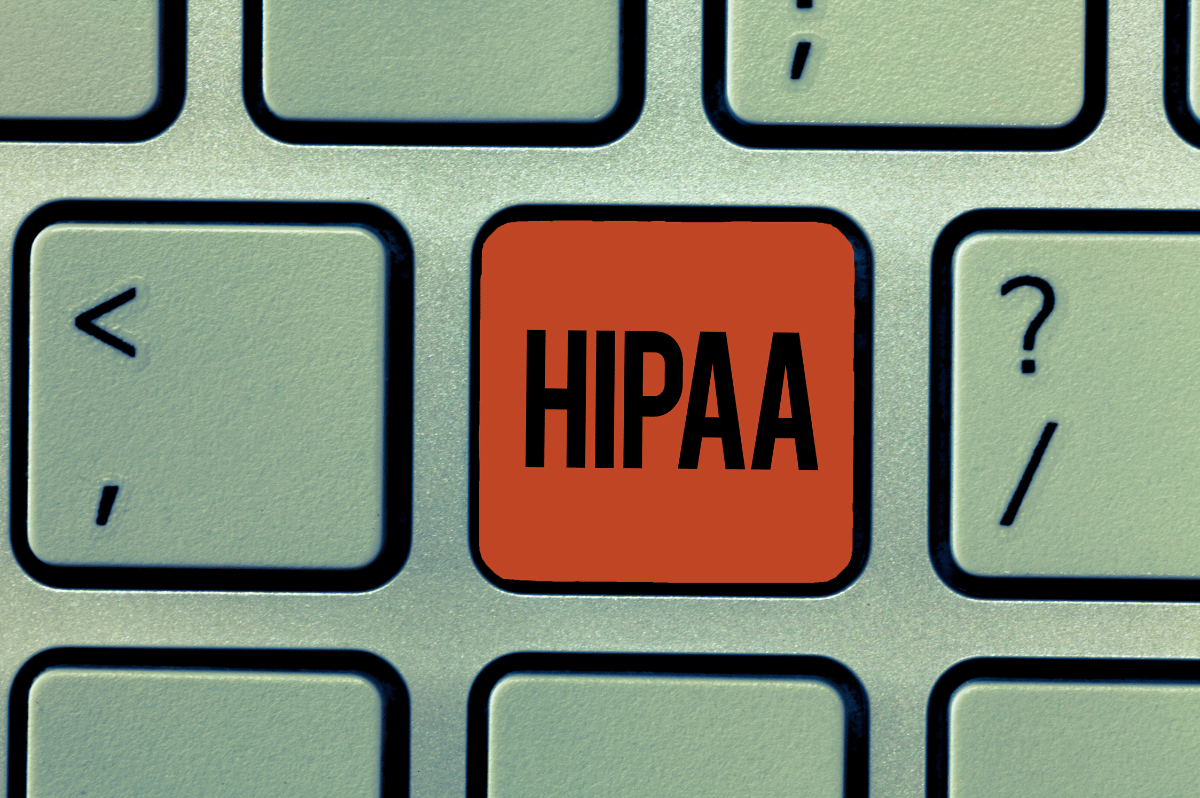A Brief Look at the Cyber Risk Institute’s Profile Version 2.0

The pressures on financial cybersecurity programs to maintain pace with both threats and regulatory changes is perhaps second to none (well, maybe the healthcare industry). Recognizing this, the Cyber Risk Institute (CRI) has recently unveiled Version 2.0 of its Cybersecurity Profile (CRI Profile), marking a significant step forward in the standardization and strengthening of cybersecurity measures across the financial sector.
The Evolution to Version 2.0
Originally developed as a comprehensive framework tailored to the financial industry, the CRI Profile harmonizes a myriad of regulatory requirements into a single, streamlined set of guidelines. Its latest iteration, Version 2.0, builds on this foundation with extensive updates that reflect the latest cybersecurity trends and regulatory insights. The CRI, a not-for-profit coalition of financial institutions and trade associations, has engineered these changes to foster a more resilient financial infrastructure globally.
What’s New in Version 2.0?
The CRI Profile Version 2.0 introduces several key enhancements aimed at increasing its usability and effectiveness for financial institutions navigating the complex landscape of cybersecurity threats and regulatory pressures.
Enhanced Clarity and Usability
The new version has refined its control objectives and diagnostic statements, making them clearer and more actionable. This change helps institutions of all sizes more effectively implement the necessary cybersecurity measures and ensures that the guidelines are accessible to a broader range of professionals within the industry.
Expanded Coverage of Emerging Threats
Recognizing the dynamic nature of cyber threats, Version 2.0 includes updated guidelines that address recent security challenges, such as ransomware and supply chain attacks. These updates are critical as financial institutions increasingly rely on digital technologies that expose them to new vulnerabilities.
Streamlined Compliance
One of the standout features of the CRI Profile has always been its ability to simplify compliance by integrating various regulatory expectations into a single framework. Version 2.0 takes this further by enhancing the alignment with global standards such as ISO and NIST, thus reducing the compliance burden on institutions and allowing them to focus more on fortifying their defenses.
Focus on Cloud Security
With the financial sector’s growing dependence on cloud technologies, the new Profile version places a significant emphasis on cloud security. It provides detailed guidance on managing relationships with cloud service providers (CSPs) and ensuring that security measures are robust throughout the lifecycle of cloud services.
Benefits of Adopting CRI Profile Version 2.0
The adoption of the CRI Profile Version 2.0 offers numerous benefits for financial institutions:
- Reduced Regulatory Complexity: By consolidating and clarifying regulatory expectations, the Profile simplifies the compliance landscape, making it easier for institutions to meet their obligations without excessive administrative burden.
- Enhanced Cyber Resilience: The Profile’s comprehensive approach to cybersecurity, encompassing current threats and best practices, helps institutions strengthen their defenses against a broad spectrum of cyber risks.
- Streamlined Communication: The common framework and language provided by the Profile facilitate clearer communication about cybersecurity expectations and practices between financial institutions and their regulators, partners, and service providers.
- Cost Efficiency: By reducing redundancy in compliance efforts and focusing on effective risk management practices, institutions can optimize their cybersecurity investments and achieve better outcomes with fewer resources.
Looking Forward
The CRI’s continuous efforts to update and refine the Cybersecurity Profile underscore its commitment to keeping the financial sector secure and compliant in an age of digital transformation. As cyber threats evolve and new technologies emerge, the Profile serves as a living document, adapting to meet the needs of the industry. For financial institutions, embracing the CRI Profile Version 2.0 represents not just compliance, but a strategic advantage in the ongoing effort to protect their operations and customer data from cyber threats. As we look to the future, the role of standardized frameworks like the CRI Profile in promoting cybersecurity resilience cannot be overstated.
With its latest update, the CRI Profile continues to set the standard for cybersecurity in the financial sector. Version 2.0 of the Profile is a testament to the industry’s collective commitment to advancing cybersecurity standards and practices. For institutions ready to take their cybersecurity to the next level, the CRI Profile Version 2.0 offers a robust, tested, and comprehensive toolkit for achieving cyber resilience and regulatory compliance.
Try Portnox Cloud for Free Today
Gain access to all of Portnox's powerful zero trust access control free capabilities for 30 days!





